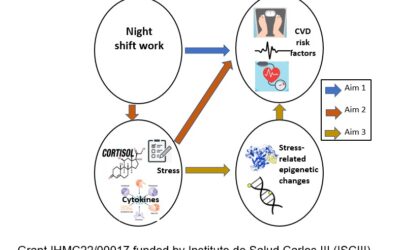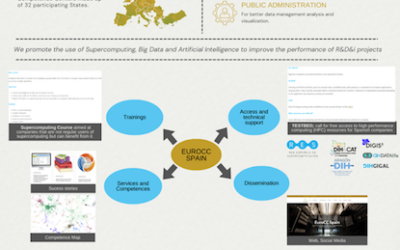Nom i cognoms / Name and surname
Julia Arias-Martorell
Afiliació / Affiliation
Institut Català de Paleontologia Miquel Crusafont
Programa de finançament europeu en que s’enmarca aquest projecte? / European funding programme in which this project is being carried out?
Marie Skłodowska-Curie Schemes
Títol del projecte / Project title
The evolution of locomotor specialisation in hominoids: internal bone structure analysis of the forelimb
Número del projecte / Project number
BP 00058 (MSCA-COFUND no. 801370)
Breu explicació del projecte / Brief explanation of your project
The project aims at reconstructing the locomotor behaviour of our fossil ape ancestors of the Miocene (23-5 million years ago) using high-resolution (~30 µm) microtomography (microCT) and a ‘whole-bone’ approach (i.e., quantifying trabecular bone parameters such as trabecular bone volume (BV/TV)) throughout entire epiphyses or bones) to study the internal bone structure of the Miocene forelimb to shed new light on the evolutionary history on the origins of hominoid locomotion, including bipedalism.
The Middle-Late Miocene (15-5 Ma) is a critical period of our evolutionary history in which we see the appearance of the main ape lineages and the anatomical characteristics that define living apes. However, the Miocene ancestors of the living apes exhibit “mosaic morphology”, i.e., they display both primitive (or generalised) and derived (or modern ape-like) features that together create combinations of morphologies not found in any living primate. These unusual characteristics suggest that Miocene apes engaged in different, possibly more generalised, locomotor behaviours than the specialised locomotion of living apes (which includes brachiation and arm swinging, knuckle-walking and bipedalism). Thus, with a better understanding of Miocene ape anatomy and better informed inferences of their locomotion can help clarify the evolution of living hominoids, and shed light into the origins of their specialised locomotion, including bipedalism.
Many researchers suggest that living apes are far too specialised in their anatomy and locomotion to be plausible models for the LCA between humans and chimpanzees. Miocene apes, on the other hand, may provide a better ancestral model from which bipedal early hominins evolved, owing to their more generalised morphology. In the same vein, uncertainty exists regarding the inferred characteristics of the LCA of crown hominoids (living apes and their ancestors), usually regarded as great-ape-like, but which, owing to the recent new discovery of the small-bodied ape Pliobates catalaunicus (11.6 Ma, Abocador de Can Mata, Catalonia, Spain), may have been more gibbon-like than previously thought. By identifying locomotor signals in the internal bone structure of multiple bones of the forelimb across a broad sample of living primates and fossil apes, this project will provide more accurate reconstructions of locomotor behaviour in Middle-Late Miocene apes.
Enllaç a la pàgina web del projecte / Link to your project website
–
Repte en que s’emmarca aquest projecte / Challenge within the framework of this project
Does not apply
















